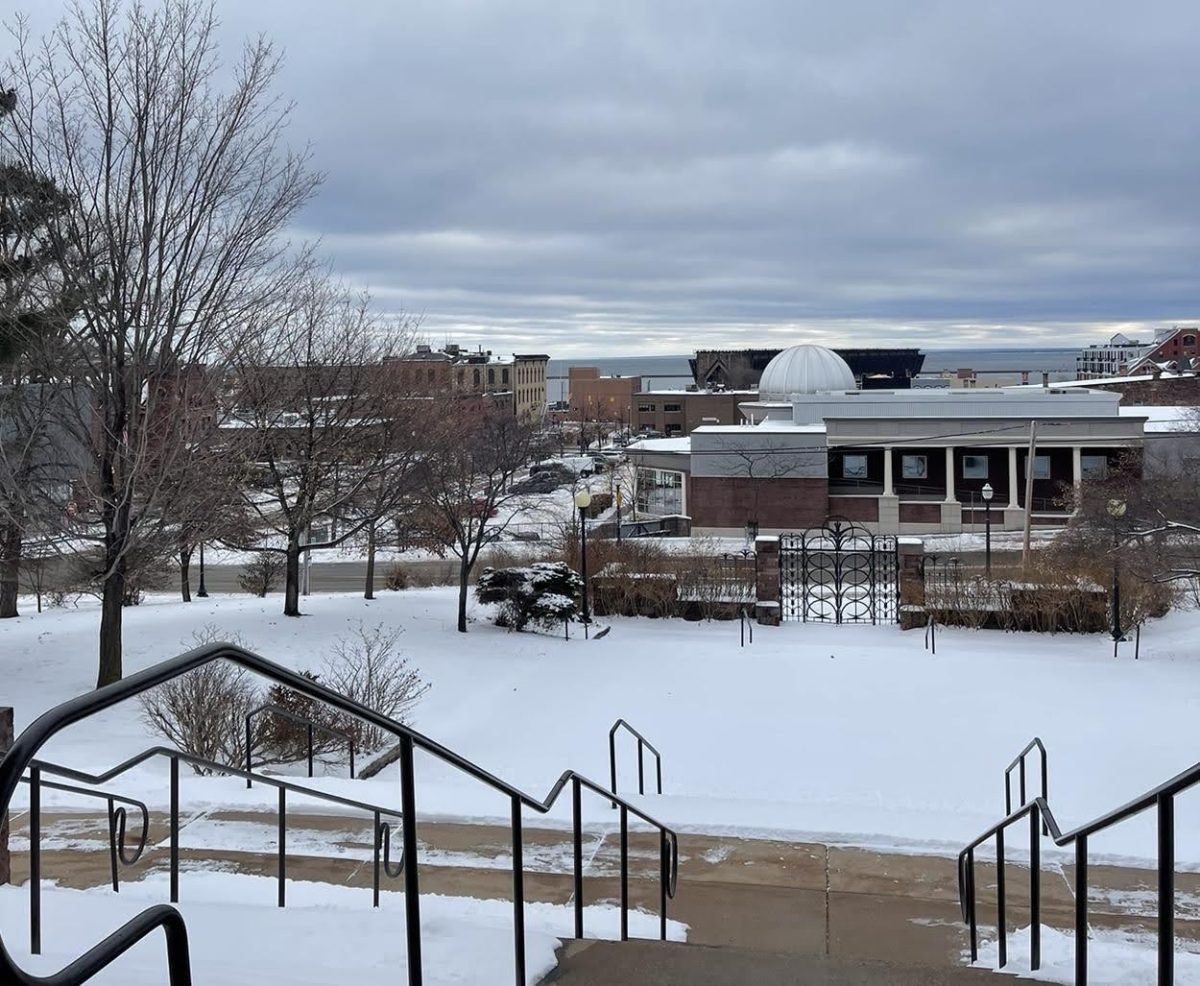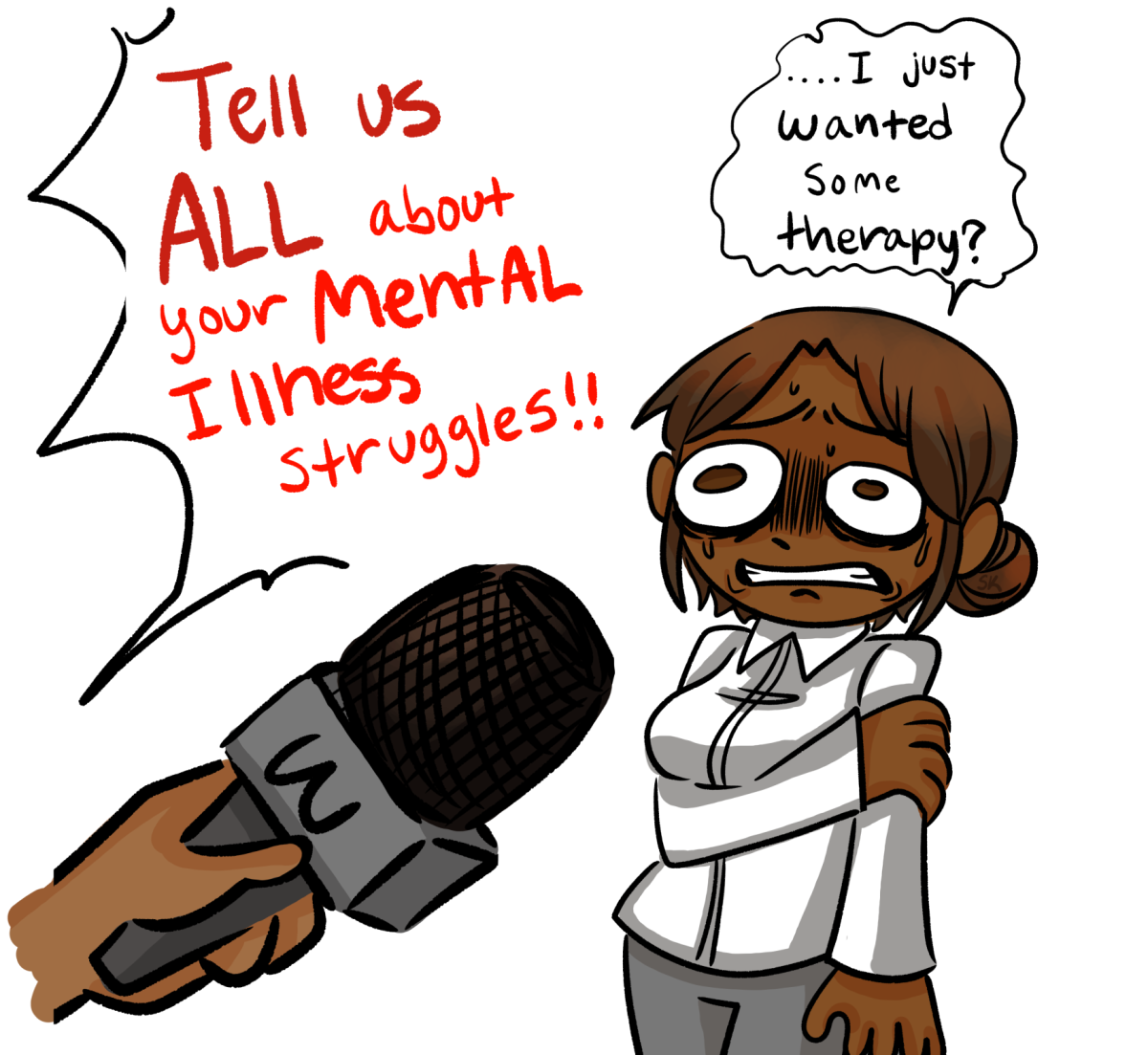Homelessness is one of the most striking exceptions to Marquette’s urban and rural identities. However successful officials have been on topics such as economic development, crime and education reform, they’ve proven to be much less so when it comes to handling
homelessness.
As the annual Housing and Urban Development (HUD) “point in time” (PIT) count approaches, the situation Marquette now faces regarding homelessness may very well be worse than the one it confronted in previous years.
Indeed, in its 2017 estimate, HUD suggested there were 84 homeless individuals in Marquette and Alger counties. While HUD’s 2018 estimate was lower than its 2017 estimate by 14 individuals, it has indicated since PIT counts began in 2007 that there are on average 71 homeless individuals in Marquette and Alger counties every year. According to former Marquette’s Room at the Inn and Warming Center Executive Director Doug Russell, however, Marquette County’s homeless population reportedly totals 600 individuals.
Nevertheless, local solutions are dominated by a model of tolerance: emergency shelters and temporary housing combined with free meals and supplies. The shelter system in the city of Marquette, specifically, has been essential in aiding the homeless population. However, modern homelessness is not just a housing problem, and our local solutions should reflect
this reality.
Some have advocated to transition the local shelter system into a housing model reflective of “Housing First.” Developed in New York in the 1990s, Housing First is a “harm reduction” approach wherein the best way to help the most challenging, service-resistant individuals is to offer them immediate access to permanent housing benefits.
In the city of Marquette, Housing First seems like a
solution because of the gap between rent and income and how little rental housing is available to those with extremely low incomes. The market for rental apartments is also especially competitive because of university students in search of off-campus housing and citizens seeking affordable housing.
While several studies have documented Housing First’s ability to keep around 80 percent of its recipients stably housed for one to five years after being placed, others have found that communities need to open multiple new units of permanent supportive housing in order to prune the local homeless population by just one person.
Even if this method might succeed at removing individuals from the streets, it doesn’t address the deeply embedded social and economic fronts like deinstitutionalization of the mentally ill and the rise of the single-parent family that characterize and contribute to modern homelessness.
The larger problem with Housing First concerns its lack of commitment to assisting individuals in moving toward a state of authentic independence. Providing permanent housing doesn’t guarantee individuals will integrate into sobriety or employment. Independence is a hollow concept if people are not moving up the human-services ladder.
Homelessness-service systems should not only provide social support to prevent chronic homelessness in the form of addiction counseling and affordable medication, but also in the form of education on basic life skills for sustained living.
Emergency shelters can succeed at offering more sophisticated support services, but only when funding and volunteers are available. If public dollars are to be invested in a Housing First project, they should at least feature community educational centers or programs.
Ultimately, local governments and communities should recognize that modern homelessness is not an issue to be tolerated. By seeing homelessness as a public problem, one that can be solved by addressing its cultural and sociological roots, we can truly begin to help those in need.

























